The Gift of Scholarship | Bader Celebrations
Being the Alfred R. Bader Chair of Organic Chemistry gives Dr. P. Andrew Evans freedom to do what he calls “blue-sky research.”
While private-sector researchers are under the gun to produce results, and most grants are tied to funding a specific type of research, the Bader Chair gives Evans the ability to take chances and push boundaries.
“If you have a speculative idea, you can explore it,” says Evans. “A lot of times nothing comes of it. But when you find the diamond in the rough, it often has enormous impact in a field, because it breaks new ground and challenges the associated dogma.”
One of those long-shot ideas that worked out is now part of the process of developing an antibiotic so strong it can destroy the toughest superbugs in hospitals.
“The Bader Chair is so prestigious because it gives the chair the resources to discover and invent,” says Evans. “We can look under stones that no one else has looked under before because we do not need to justify the outcome.”
Alfred Bader, Sc’45, BA’46, MSc’47, LLD’86, and Isabel Bader, LLD’07, fund four research chairs at Queen’s in the fields of art and chemistry. The Baders are playing a role in helping Queen’s mission to attract and cultivate excellence and leadership and push the boundaries of knowledge through research.
The Bader Chair also gives Evans the opportunity to collaborate with colleagues. One of those partnerships is making inroads in stopping cancer metastasis, a process responsible for 90 per cent of cancer-related deaths.
Biomedical and Molecular Sciences Dr. John Allingham came to Evans to help further his research on a natural toxin from a marine sponge that had the potential to disrupt actin filaments that allow cancer cells to invade healthy tissues. Allingham could only get a tiny amount of the agent from the sponge, and it was expensive to extract.
Evans and Allingham – along with Dr. Andrew Craig (Queen’s Cancer Research Institute) – have been working on creating a truncated version of that toxin, which is easy to prepare and chemically modify.
The trio has been working on the project for several years, and the results are promising enough to earn funding and gain the attention of other researchers.
“It’s one of the best collaborations I’ve ever had,” says Evans.
Visit our campaign page to get the latest updates on our Bader Celebrations.

